Early Career Scientist Spotlight
Dr. Liam Morrissey (he/him/his)
Space Weathering Engineer
Solar System Exploration Division (690)
Tell us about the research projects you are currently working on.
As a researcher at NASA Goddard Space Flight Center (GSFC), I work on several exciting projects, all with a focus on understanding various surface and near-surface processes and their effect on celestial bodies. I use multiscale simulation techniques to study these processes on the scales in which they are occurring. For example, over the past year, I have been using molecular dynamics simulations to simulate solar wind ion sputtering and volatile deposition on the Moon and Mercury. These simulations can be used to directly quantify key behavior parameters, thus allowing for a better understanding of how these processes are modifying the surface and exosphere (thin atmosphere-like volume surrounding a body). These simulations can be used to help answer key science questions such as: What is the contribution of the solar wind to the exosphere? How is the solar wind modifying surfaces and implanting volatiles? Can volatiles that were implanted by the solar wind lead to the production of water? What materials and structures are best suited for long-term exposure? This approach is also being applied to a newly formed team looking at using in-situ lunar witness plates to study several mission-relevant processes such as contamination, dust, and even water production.
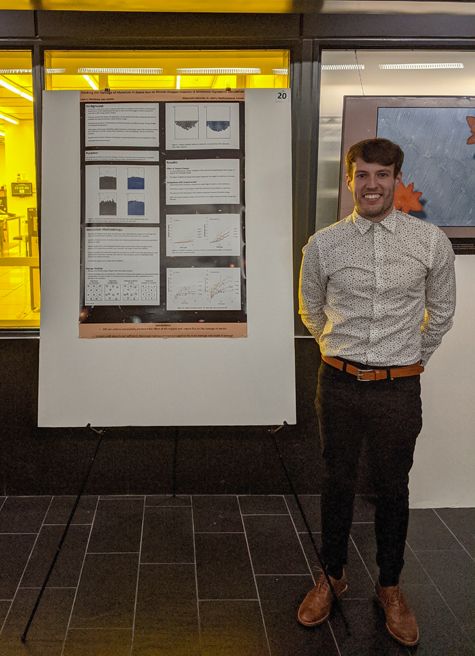
Credit: Liam Morrissey
What aspects of your work are you most passionate about?
One thing I am particularly passionate about in my work is focusing on improving approximations. Planetary science is a cutting-edge field that often relies on many key approximations to generate models and predictions. While these approximations are necessary, they can often induce significant unintended error. A focus of my research is taking a close look at these assumptions and approximations with the goal of understanding which of them most significantly affect subsequent predictions. Once these have been identified, I can then use unique simulation approaches to better improve approximations and ultimately allow for a better understanding of the processes in question. As we continue to study celestial processes further and further away from “home”, I believe accurate simulations will become even more important.
If you were to expand your current research focus, what new topics would you explore?
More recently, I am becoming increasingly interested in the concept a sustained human presence somewhere other than Earth. While mainstream media is rightfully excited about visits to other planets, I believe we must first focus on having a sustained presence on a body in our own “backyard”, the Moon. This will require significant advances in in-situ resource utilization and equipment/material reliability. I believe the analytical atomistic approaches that I focus on can help to better explain processes that produce key lunar volatiles and damage our exposed materials. For example, while the Moon may seem desolate, there are several unseen processes that can drastically reduce behavior such as solar wind and micrometeorite impacts.
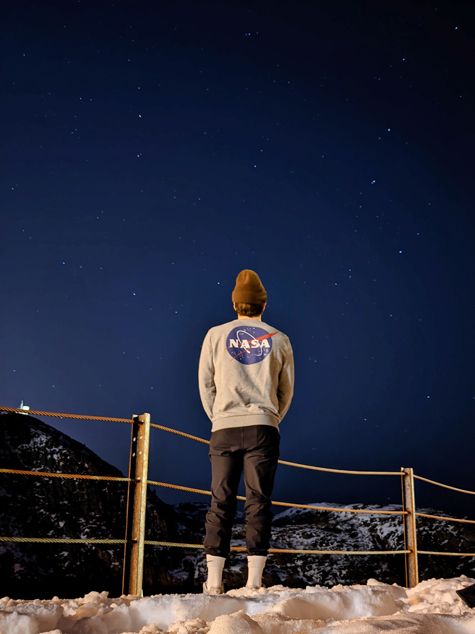
Credit: Shaun Morrissey
What research accomplishment are you most proud of?
I am most proud of my recent publication in Astrophysical Journal Letters in which we used a multiscale approach to better explain solar wind sputtering of planetary science minerals. While solar wind sputtering is thought to be a key contributor to the exosphere, approximations are heavily reliant on a materials surface binding energy (SBE). The SBE has previously been assumed to be constant regardless of the mineral in question. We used an atomistic approach to directly quantify the SBE for several key minerals and silicates. Results demonstrated that for all compounds, the SBE is instead a mineral-specific value that is much higher than initially thought. This research was the first to directly quantify these values. Furthermore, the increased SBEs had a significant effect on the yield of sputtered atoms, along with their emission energy and the proportion that escaped the body’s exosphere. We are now building on these findings to quantify how these new SBEs affect exosphere predictions at Mercury.
What science question intrigues you the most?
While probably a standard response around here, the question of “Are we alone?” is certainly my answer. It is fundamental to the human experience to ponder our place in the stars and to search for answers. While it may be tempting to hope that one day someone else may answer the question for us, I believe the onus is on humanity to seek the answer. However, for this to become possible we must first understand the solar system around us and learn how various stellar and interstellar processes affect long-term mission success. This also requires us to think as a species instead of individuals, forcing us to look past border, time, and financial constraints. Optimistically, I believe that as we continue to search for this answer, I think it will bring people together and make us feel more, instead of less, significant.

Credit: Liam Morrissey
Where do you see yourself in the near future?
I am actually happy to announce that, while writing this article, I have accepted a tenure track position as a professor at Memorial University here in Canada. This position, which will start in the Fall, will allow me stay on as a participating scientist for NASA’s Lunar Environment and Dynamics for Exploration Research (LEADER) program, while continuing to grow the partnerships and collaborations I have formed here at NASA Goddard. I am also starting a role as a participating scientist on the Canadian Lunar Research Network (CLRN) Solar System Exploration Research Virtual Institute (SSERVI) node. My short-term plan is to continue many of the projects I started as a scientist here at NASA Goddard while also looking to hire new graduate students.
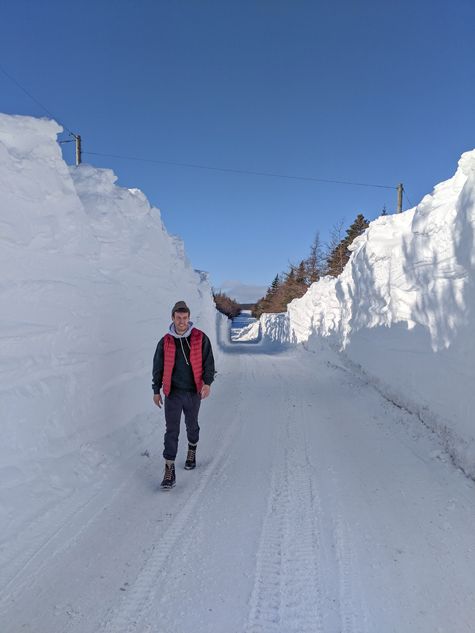
Credit: Liam Morrissey
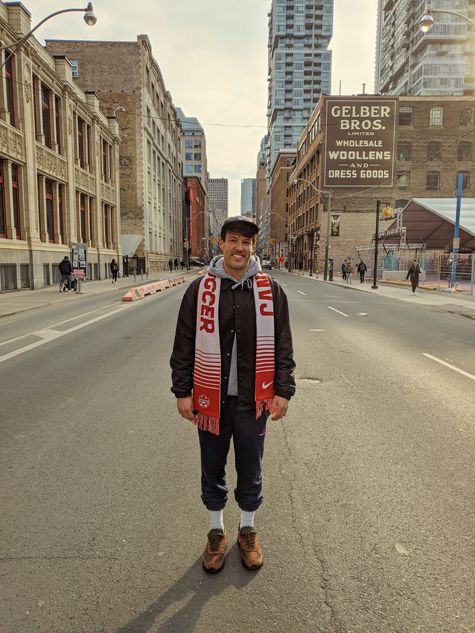
Credit: Liam Morrissey
What do you like to do in your free time?
When not simulating solar wind impacts, you can almost certainly find me playing or watching sports. I am a big believer in finding balance in your day and in the power of exercise to help clear the mind. Despite being from Canada, I don’t miss a New York Knicks game and have played basketball my entire life. Today, I still make it a priority to train several times a week and play in local Canadian leagues. While I do love my sports, two black eyes in the last year have made for a few awkward Zoom meetings.
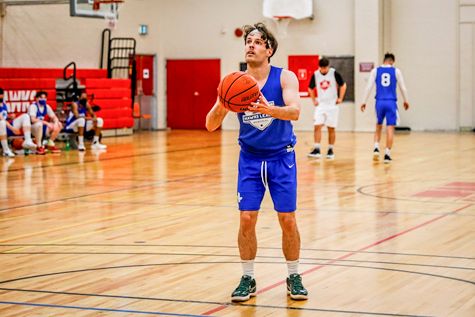
Credit: Ally Wragg
Biography
Home Town:
St. John’s Newfoundland, Canada
Undergraduate Degree:
B. Eng, Engineering, Memorial University, Canada
Post-graduate Degrees:
Ph.D Engineering, Memorial University, Canada
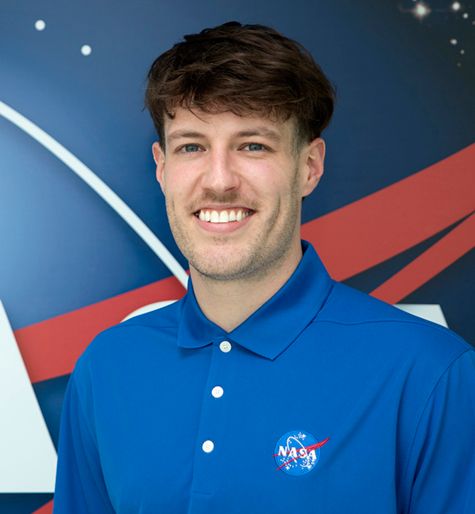
Link to Dr. Morrissey's GSFC Bio
